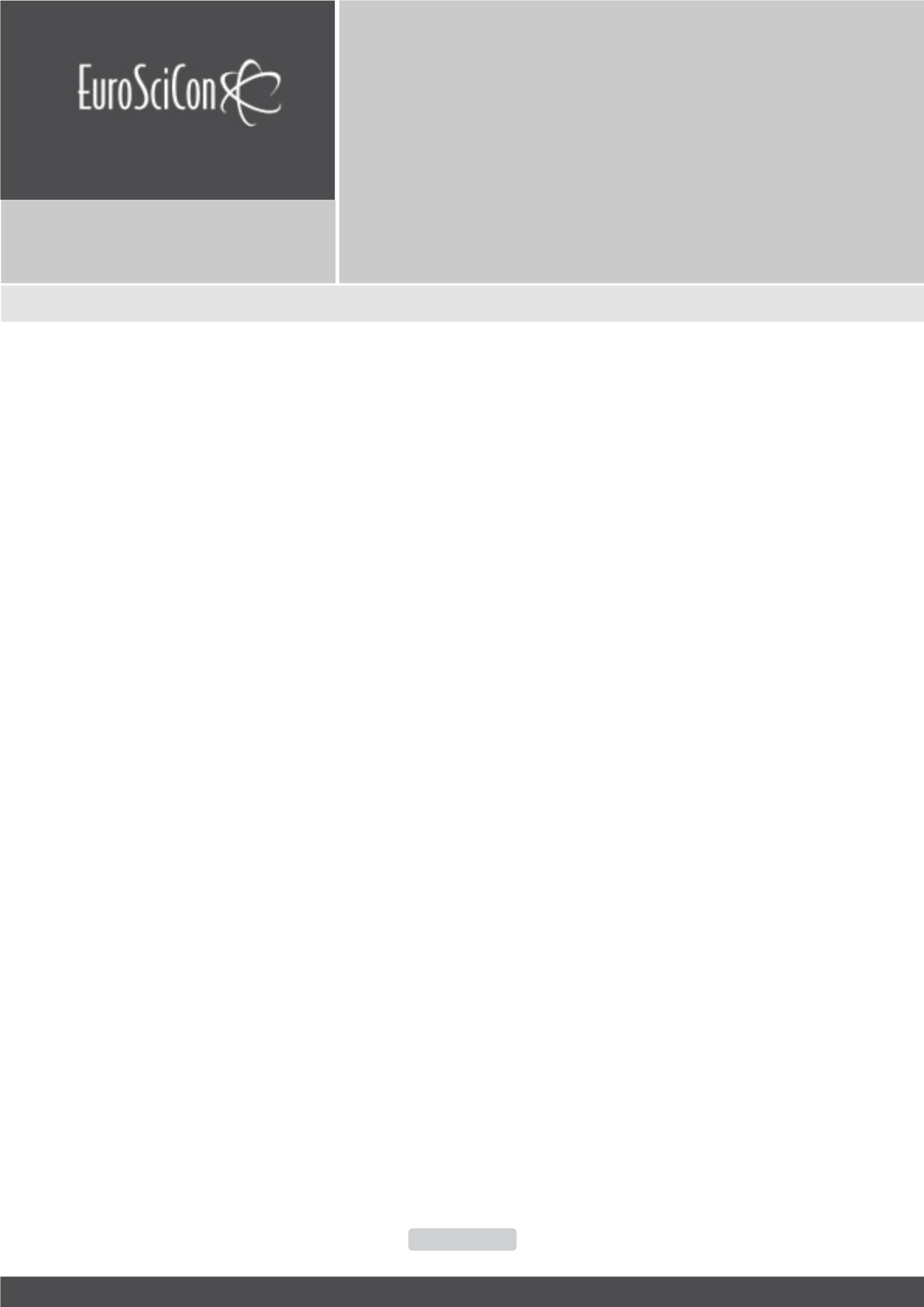

Endocrinology 2018
Journal of Clinical and Molecular Endocrinology
ISSN: 2572-5432
Page 52
August 09-10, 2018
Madrid, Spain
11
th
International Conference on
Endocrinology and
Diabetology
C
hronic unpredictable environmental stress (CUES)may induce
predisposition to diabetes mellitus. This study investigates
the role of CUES on impaired homeostasis. Stressed group
mice (n=20) were exposed to CUES for 16 weeks. Weekly body
weight, feed consumption, feed efficiency ratio, fasting blood
glucose were monitored. Plasma HbA1c, plasma cortisol, plasma
epinephrine and plasma insulin, serum lipids, antioxidants and
carbohydratemetabolizing enzymes activity were assessed along
with DNA damage and histopathological examination of liver,
kidney, pancreas, spleen and skeletal muscles. Semi-quantitative
expression of IL-4, IL-6 and β- actin was also assessed. Fasting
blood glucose levels & HbA1c in the stressed were significantly
higher compared to control (p<0.001). Serum lipids were found
insignificantly higher in stressed mice compared to control.
Body weights of the stressed mice and feed efficiency ratio were
found significant (p<0.001). Plasma corticosterone, plasma
epinephrine, HOMA-IR (Homeostatic model assesment- insulin
resistance) was found to be significantly higher in the stressed
group (p<0.001). Plasma insulin level was found to be significantly
lower in the stressed group (p<0.001). Significant changes
were observed in antioxidants level, carbohydrate metabolizing
enzymes activity, peripheral tissues and DNA integrity. Expression
of IL-4, IL-6 was found significantly higher in the stressed group.
CUES initiates pathogenesis of diabetes.
alokalig@gmail.comChronic unpredictable environmental stress impairs
biochemical and physiological homeostatsis: role in diabetes
mellitus
Alok Raghav
1
and
Jamal Ahmad
2
1
Indian Institute of Technology Kanpur, India
2
Aligarh Muslim University, India
J Clin Mol Endocrinol 2018, Volume 3
DOI: 10.21767/2572-5432-C2-006
















